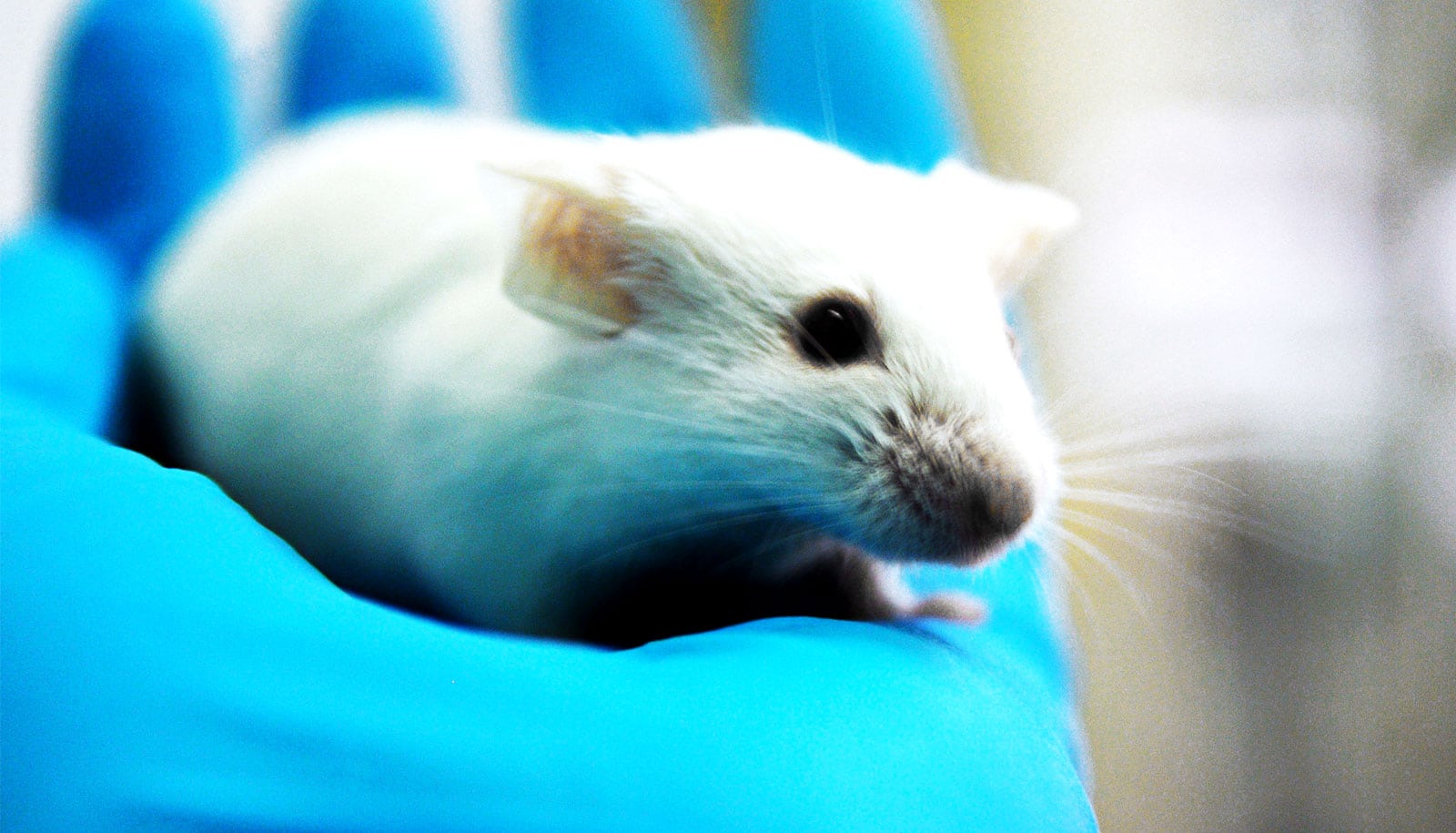A new study reveals the specific molecular mechanism that controls the transition from acute to chronic pain.
The research in mice identifies this mechanism as a critical target for disease-modifying medicines.
Findings from the study in Science Advances show that disabling N-acylethanolamine acid amidase (NAAA)—an intracellular enzyme—in the spinal cord during a 72-hour time window following peripheral tissue injury halts chronic pain development in male and female mice.
“Delineating the nature, localization, and timing of the events involved in pain chronicity is necessary to pinpointing control nodes in the process that can be targeted by new classes of disease-modifying medicines beyond analgesics,” says Daniele Piomelli, professor in the University of California, Irvine School of Medicine anatomy and neurobiology department.
“This study is the first to identify that NAAA, a previously unrecognized control node, can be effectively targeted by small-molecule therapeutics that inhibit this enzyme, and block the transition from acute to chronic pain.”
Chronic pain evolves from acute pain caused by the physical trauma of tissue damage due to surgery or injury and is a massive problem, affecting more than 1.5 billion people worldwide.
Chronic pain continues long past tissue healing, is often resistant to therapy, and remains seriously undertreated. Treatment is largely dependent on a handful of analgesic drug classes such as opioids, which may lose effectiveness over time and can also lead to addiction.
Nerve damage is considered to be a critical factor in the transition to chronic pain, but the underlying molecular events leading to its emergence have been poorly understood.
“Our findings suggest a new class of drugs—NAAA inhibitors—can be used to treat various forms of chronic pain and in preventing incisional and inflammatory injuries following surgery,” Piomelli says.
Funding for the work came from the National Institutes of Health.
Source: UC Irvine



